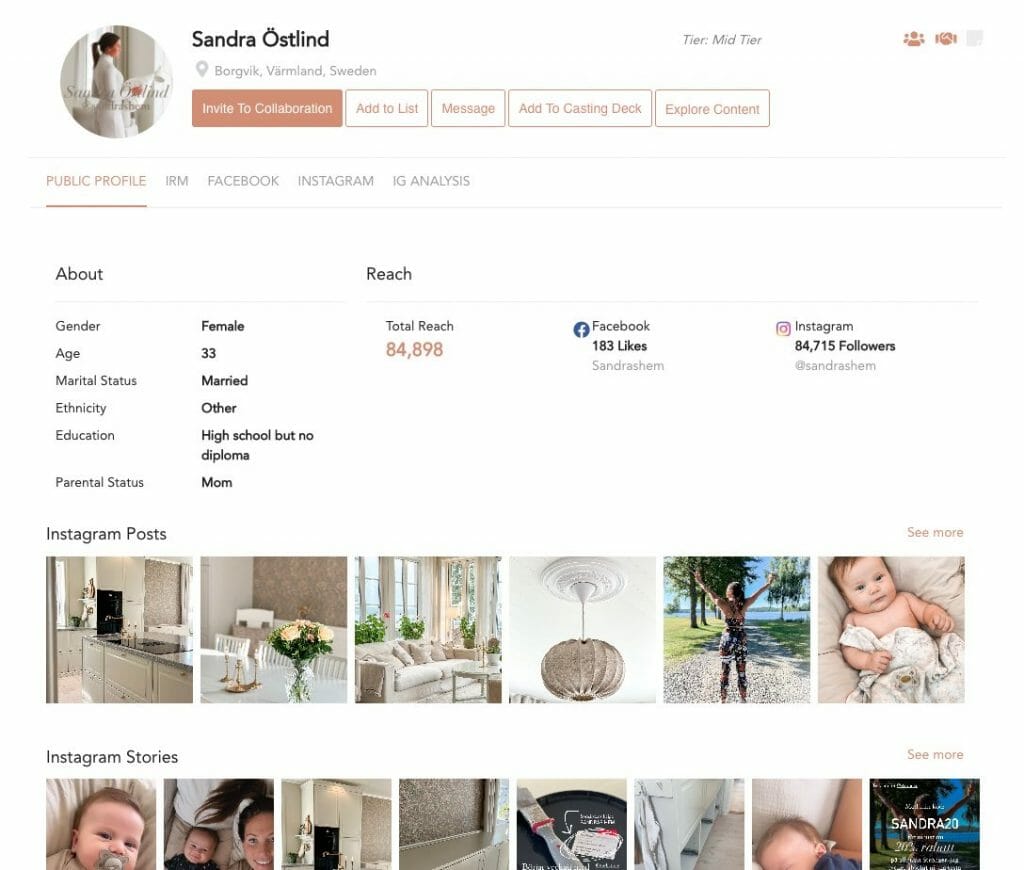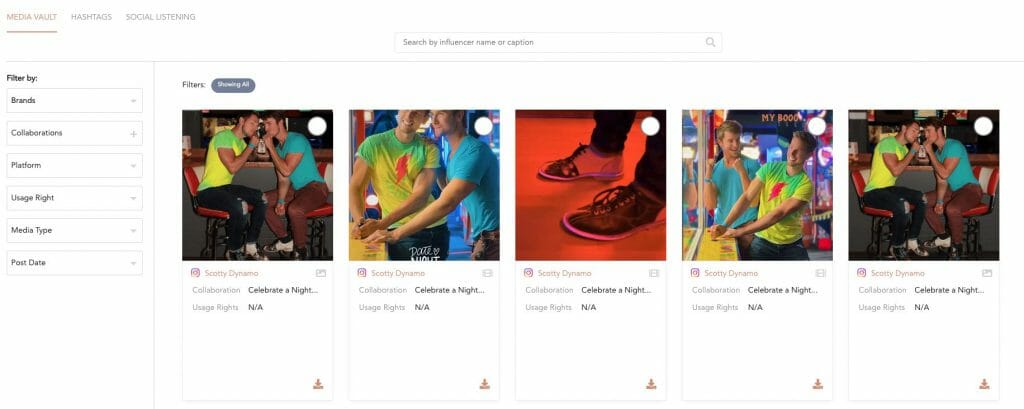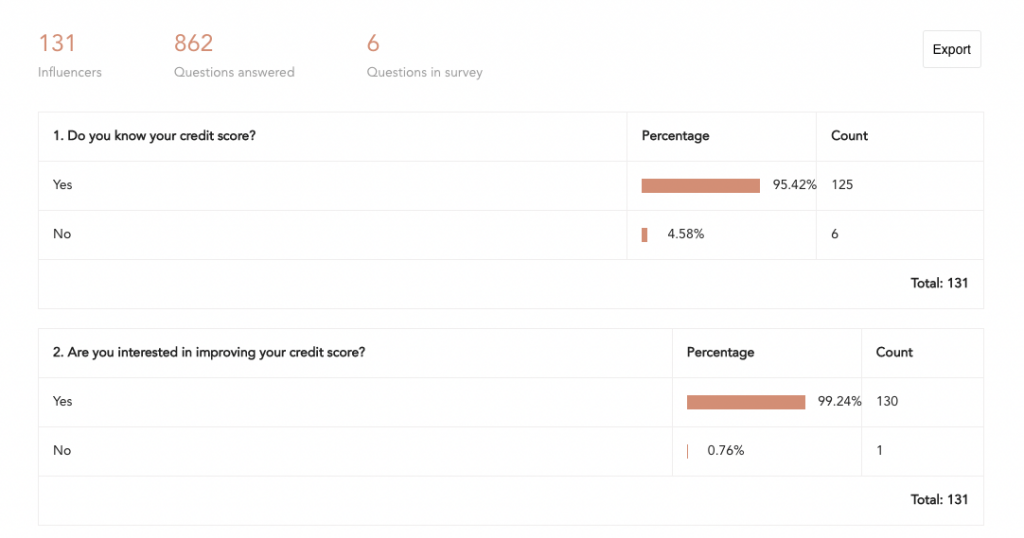
Overview
For decades, especially before the age of the internet, performance marketing’s impact on businesses was immeasurable. Like, literally immeasurable. Who could know how well it truly worked without reams of data standing in as evidence of every referral and sale? For a time, it didn’t really matter whether you had hard numbers to prove its success. The nature of performance marketing is nearly risk-free: Your partner’s referral is the ad, and you only pay for it after the sale has been made.
As we learned in the earliest part of the 21st century, though, digital technology is the peanut butter to performance marketing’s chocolate. They’re two great tastes that taste great together. Actually, they taste better together, because a peanut butter cup doesn’t come with in-depth analytics proving how good the taste really is.
In 2010, a group of marketing veterans banded together to launch impact Radius, a performance marketing platform with an aim to take the practice to the next level. They didn’t just want to make things easier for their customers, they wanted to make it easier for the industry as a whole. At launch time, founder Lisa Riolo described it this way:
With the launch of impact Radius, marketers could implement affiliate campaigns at scale easily, really putting the “performance” in “performance marketing.” Over time, the company acquired complementary products to round out its offering—a fraud detection solution and an AI-powered cross-channel analytics platform. By 2018, all these products rolled into a singular platform, rebranded as impact.com—a partnership platform.
With a trajectory like this, it was only a matter of time before impact.com introduced influencer marketing to its suite of tools. Influencers straddle two worlds, as social media spokespeople and as commissioned ambassadors making sales. In 2020, impact.com acquired Activate, an established and successful influencer marketplace boasting big name customers like Tinder, Olay, Reebok, and Brooks Brothers. If the acquisition didn’t give impact instant credibility in the influencer landscape, then the many improvements they made since certainly have. With an eye toward partnering performance and influencer marketing, impact.com added features like content amplification, a library of UGC, and an integration with Shopify. There’s still more to come as Activate assimilates into its new corporate family, but the fact is it’s definitely making an impact.
Summary: Quick Jump Menu
Pricing
impact.com doesn’t share pricing for any of its products, and the influencer platform is no different. While it is Software as a Service, there’s no information given about what, if any, the different levels of subscription are. You’ll likely get pricing that’s customized to your specific needs, and after you’ve seen a demo.
The Details
What’s most impressive about the impact.com influencer platform isn’t any one feature or innovation. Rather, it’s the way all the features work together and create an incredibly cohesive whole. This isn’t surprising, given impact’s experience with affiliate marketing, the terms of which rely on a series of If/Then statements (“If X was referred by Y, and bought Z, then reward X with discount A and Y with bonus B”). impact.com’s ability to create an entire platform that parses confusing workflows across multiple channels and then accurately reports on it can be seen all over its influencer platform.
If you’re familiar with how marketplaces work, then you’ll quickly be grounded within the impact UI. You can start searching through impact.com’s opt-in network of influencers, or do a global search of influencers out in the wild. If you do find someone who's not yet on impact, you'll need to invite them to the platform before they can work with you. You can also bypass Discovery and go right to creating a campaign that influencers can apply to (they’ll interact with you using impact.com’s mobile app). The campaigns are simple to set up while offering you the ability to create detailed scopes of work with a variety of deliverables—across Instagram, TikTok, YouTube, and Facebook—and compensation conditions. If you wanted, you could set up traditional influencer campaigns this way all day, every day, and probably be pretty successful at it. But there’s so much more you can do with impact.
When you’re creating campaigns, you have options that don’t just set up for a one-and-done success. You can set yourself up for future success, too. As part of the terms and conditions of each campaign, you’ll define your default usage rights for any content. For every bit of content that’s uploaded by your influencers for each campaign, impact keeps copies in what’s called the Media Vault. The vault is searchable—you can add other tags and identifiers to help find these bits of content later—and you can repurpose any content as you see fit, in accordance with the usage rights.
impact.com also has a survey feature. Much like a campaign, you can create a survey that’s broadcast out to the community of influencers, and anyone can choose to participate. You can also, like with any campaign, only share these surveys to specific influencers of your choosing. Whatever your target audience for the survey, the idea is the same: to learn more about the people who are interested in your brand. The purpose can be purely for relationship management purposes: learn specific things about influencers, note it in their profiles, and then use their answers as criteria for future campaigns (for example, everyone who answered yes to “Do you like pineapples on pizza?” can be added to your campaigns targeting consumers with bad taste). You can also use the survey to get influencer preferences on any of your products they might be interested in getting as compensation. And when you are gifting influencers? The integration with your ecommerce platform streamlines selection and fulfillment, because you’ve presumably already got some people and processes in place to get products to people who order from you.
That ecommerce integration gets you more than easy gifting. Influencer marketing has long since evolved past simply being a mechanism to increase brand awareness. It’s not uncommon to mobilize influencers as a virtual sales force, giving them promo codes or custom links and tracking their results. Partnering with an influencer and paying them on performance sure sounds like something impact would be good at facilitating, doesn’t it? That rhetorical question underscores why adding influencer marketing to its already robust suite of marketing tools was such a natural progression for impact. It also hints at how thorough the reporting of influencer performance is on this platform. All of this, and more, work within a platform that makes it easy to manage and even automate campaigns at scale—which is not such an empty phrase when you’re talking about so many distinct moving parts.
If the idea of management and automation at scale seems contrary to the idea of partnership—how do you form meaningful relationships at scale?—rest assured you’re not alone in thinking this. This, perhaps, is what helps impact to rise above a mere marketplace. That foundational belief in partnership translates to impact users having the ultimate flexibility in dealing with their partners. Contracts can be customized, and the analytics help to shine a light on the partners/influencers who are having the most—you’ll forgive the word—impact. Over time, a brand will find they’ve cultivated a group of influencers with whom they are truly partnering, because their performance demands it. That’s a difficult feature to list in a matrix, but is very much what makes impact worth your time.
Conclusion
impact.com is new to the influencer marketing game, but its roots in digital marketing pre-date even its own 2010 founding. A few of the founders created an affiliate marketing network as early as 1998—Commission Junction, now known as CJ Affiliate. Digital marketing is in the blood of the people who started the company. As impact.com was first launched, and then grew, the vision for it transformed: in 2010 it was a “performance marketing platform.” In 2018, it was a partnership platform. In either case, the move to influencer marketing was a natural progression. We aren’t surprised that impact took it on, and we’re even less surprised that they’re actually very good at it.
impact
-
Features
-
Ease of Use
-
Reporting





